2012 (1)
2018 (3)
2020 (1)

百合是夏天在家庭院子里和公共场所的花园里常见的花朵。 在美国,几乎有房主都种植了百合。 在苗圃和很多家庭装修商店都能买到一袋袋的百合球或一盆盆的百合苗。健壮的百合可以长到一米五以上,不会轻易地倒伏。 百合春来发芽,夏天开花,花季较长。花的形状像喇叭,颜色多样, 我家的百合花有白、黄、粉和红四种颜色, 比较多样化。
我们说的百合英文名字叫 Lily,在植物分类中属百合科, 拉丁名叫 Liliaceae。 还有一种 Day Lily 在中国叫黄花菜,又叫金针菜,拉丁名叫 Hemerocallis citrina Baroni。关于Lily,植物学界也是一团浆糊,网上的有些资料也没有跟上变化。过去黄花菜与百合都归属于百合目,现在已经划归另一门类. 黄花菜的花 在中国主要是来做菜的,根茎没有食用价值。 与此相反, 百合的花主要是用来观赏的,可以吃但太粗燥。百合原产中国,引进西方 后被发扬光大,种类很多,观赏性极强。
多数种百合的人只是把它当花养,其实它下面像大蒜一般球茎是美食的好原料。当你从超级市场买回飘洋过海来的兰州百合的时候,有没有想过你花园里的百合和它一样也能吃?我今年在百合花凋谢之后,将花园里的百合全部刨了出来, 选出几个大的做了菜,那味道真是好极了,比起从超市里买来的好的多。用百合可以做菜,如西芹炒百合,也可以做粥。
根据网友们的反馈,吃百合要谨慎行事。 百合有微毒,有过敏反应的人要少吃或不吃。为了保证安全,可以 尝试先吃一点点,如果没不良反应,以后可以逐渐增加用量。另外,要选用洁白,无杂色的百合食用。 如果实在没有信心,最好找医生咨询。
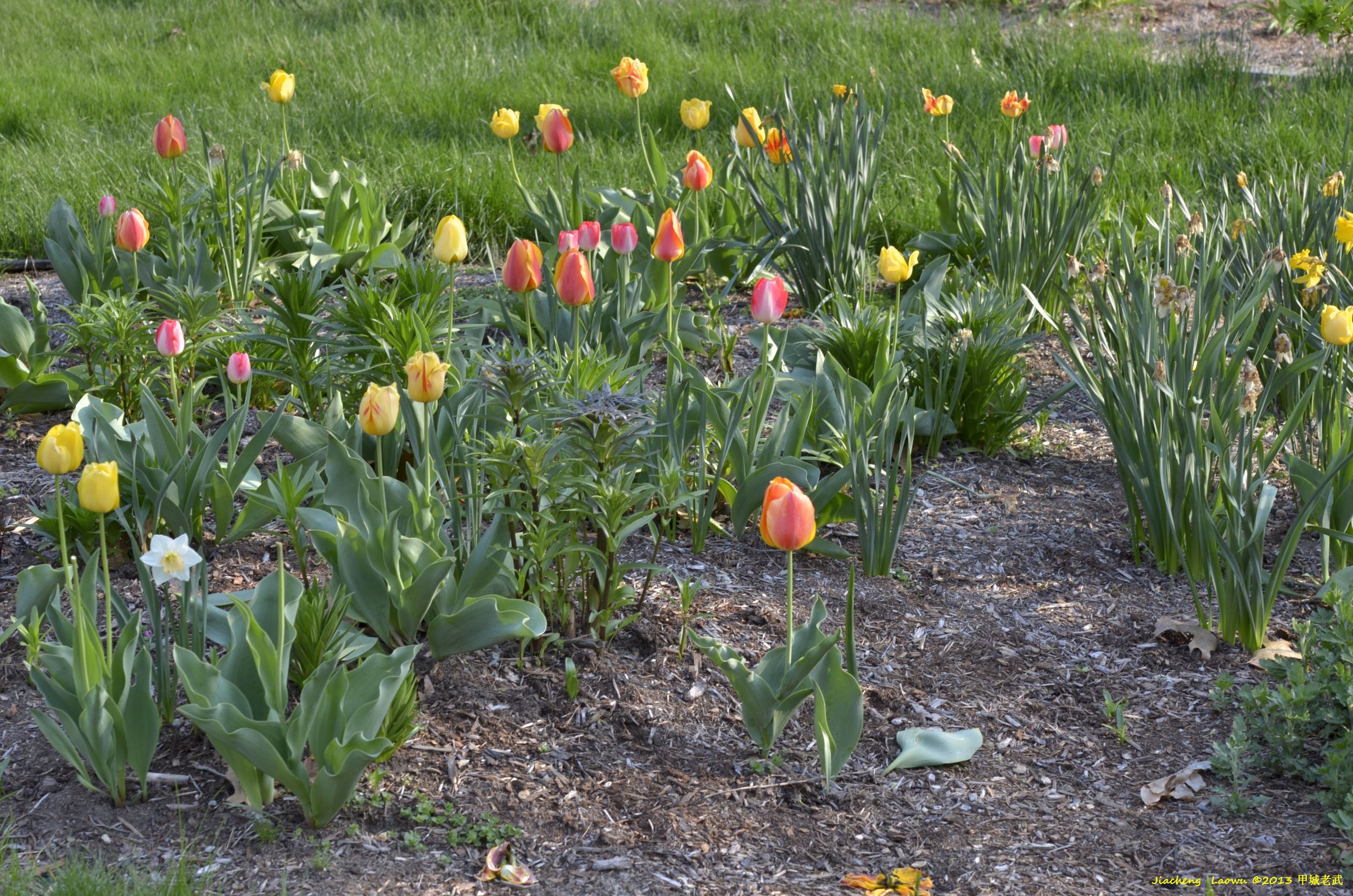
图一 正当郁金香盛开的时候,百合的幼苗也冒出了地表。
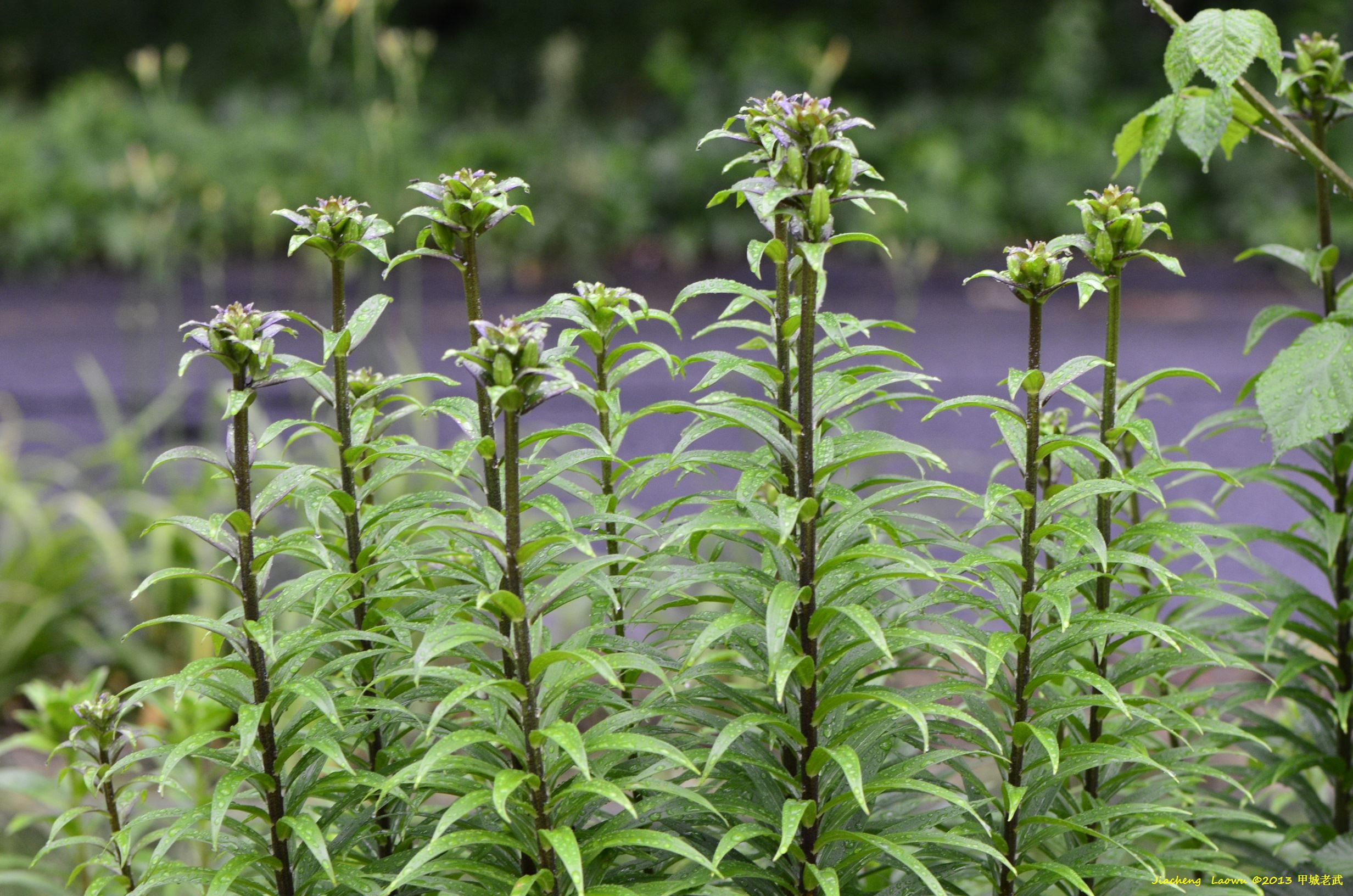
图二 含苞待放的百合。
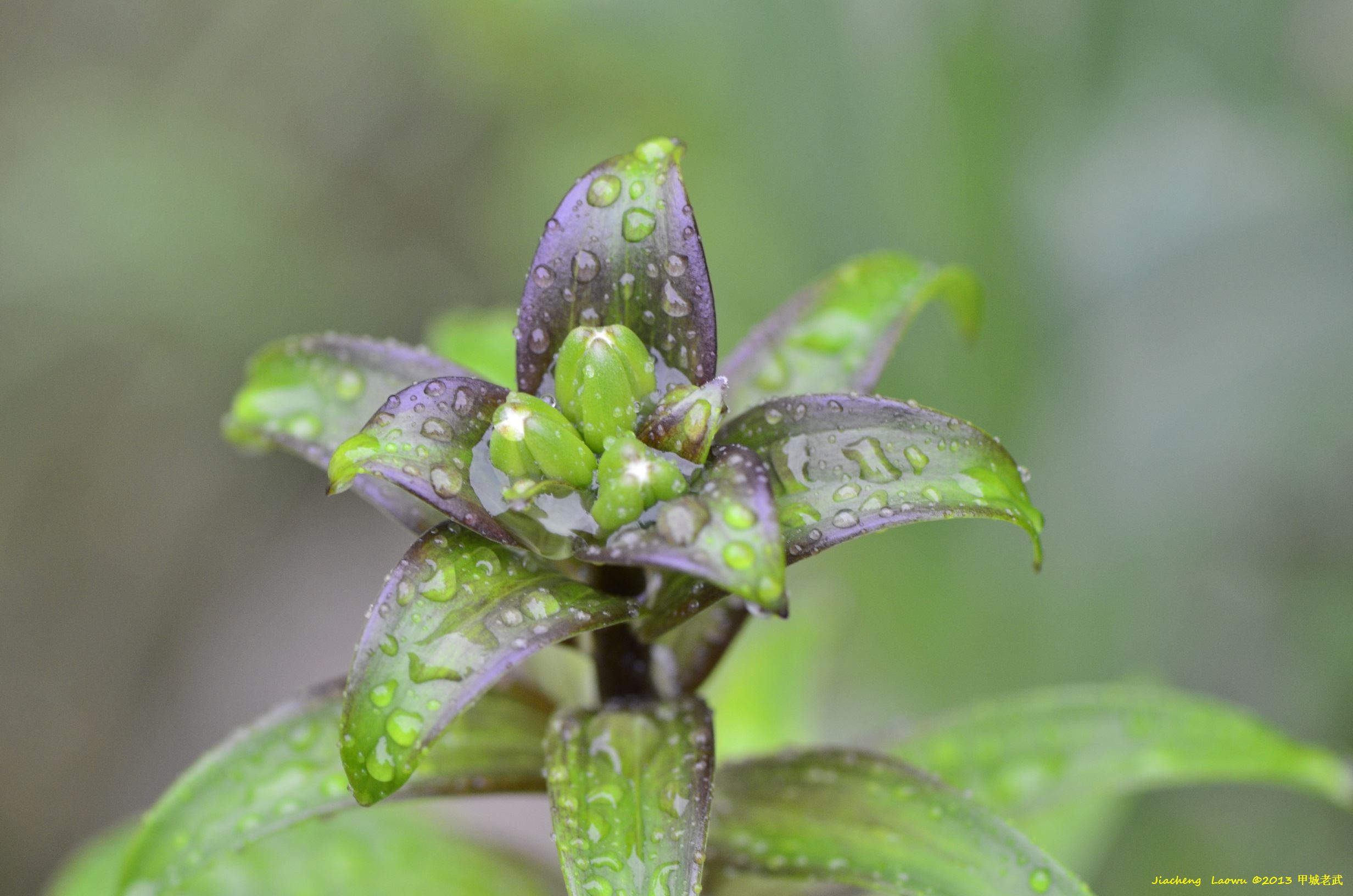
图三 含苞待放的百合之二。
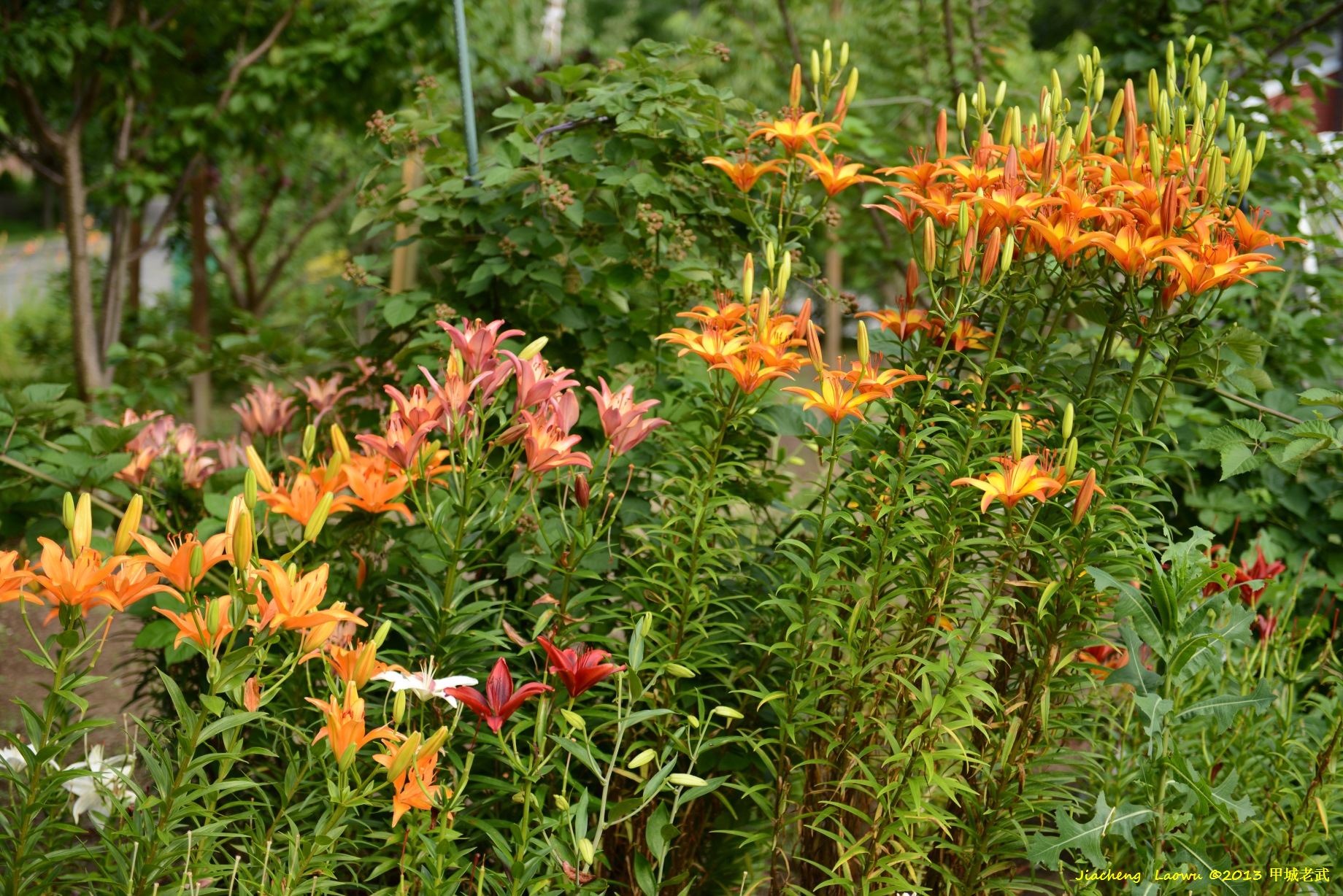
图四 鲜花盛开的百合。
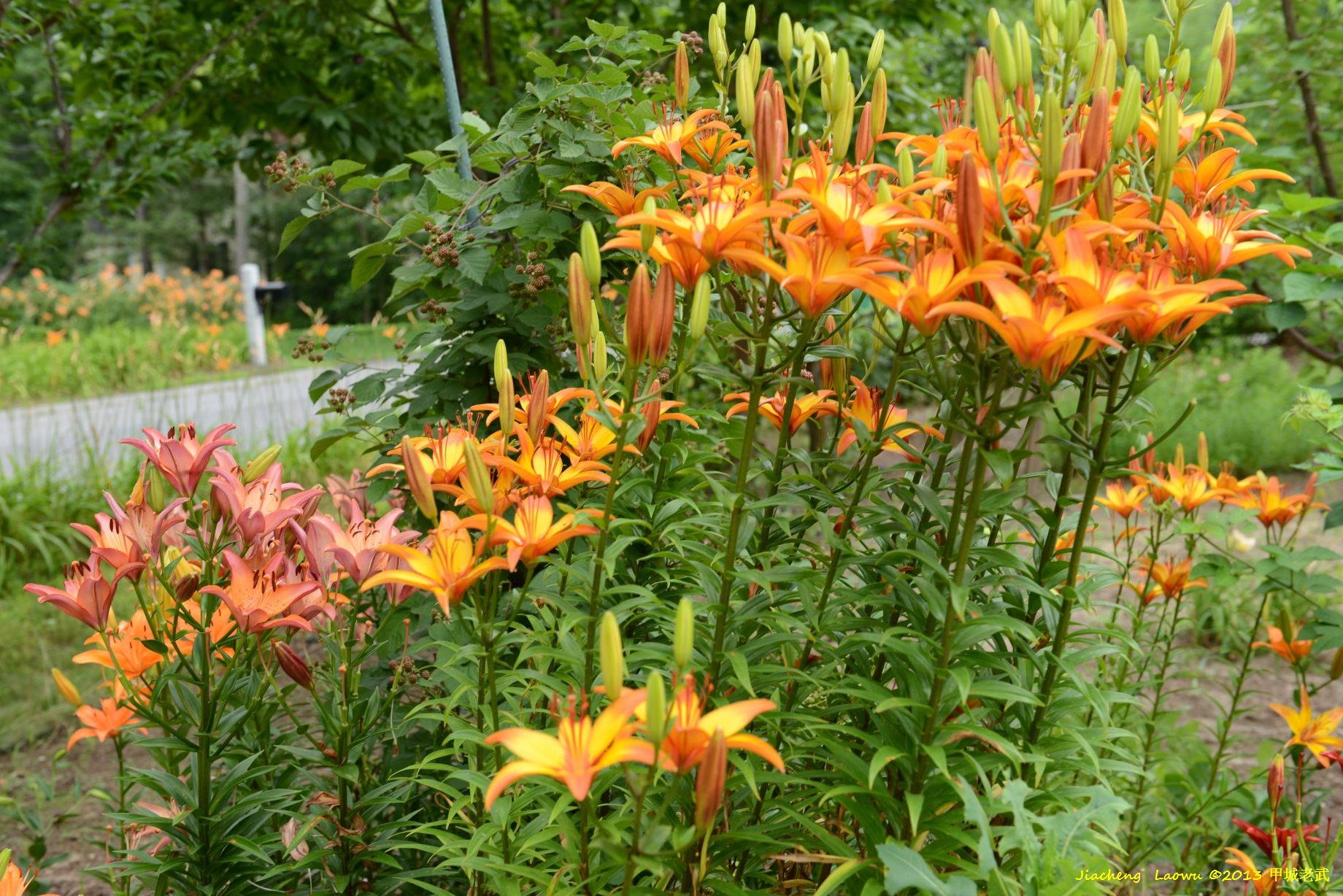
图五 含苞待放的百合之二。
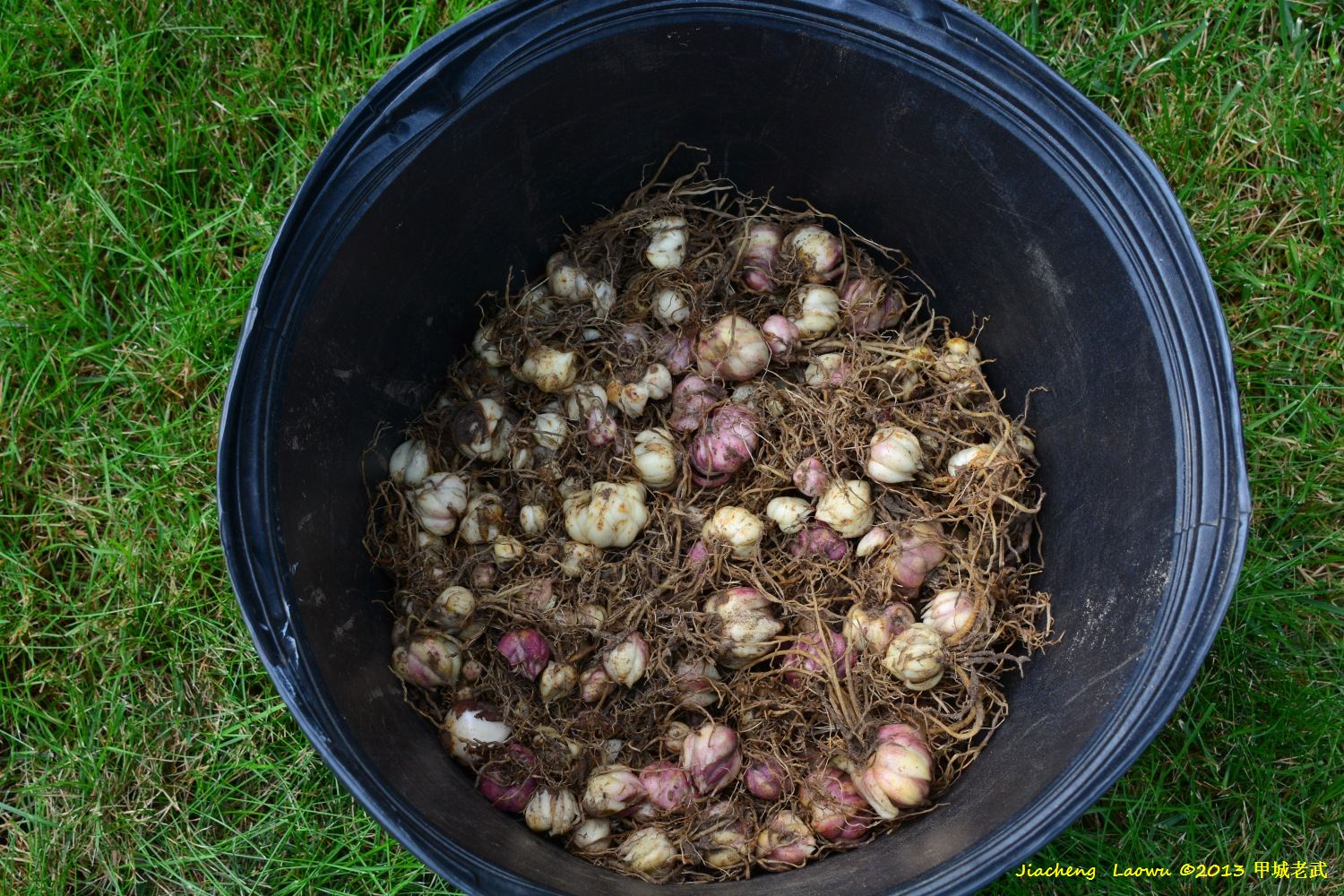
图六 从地里挖出了的百合,这是吃剩下的。
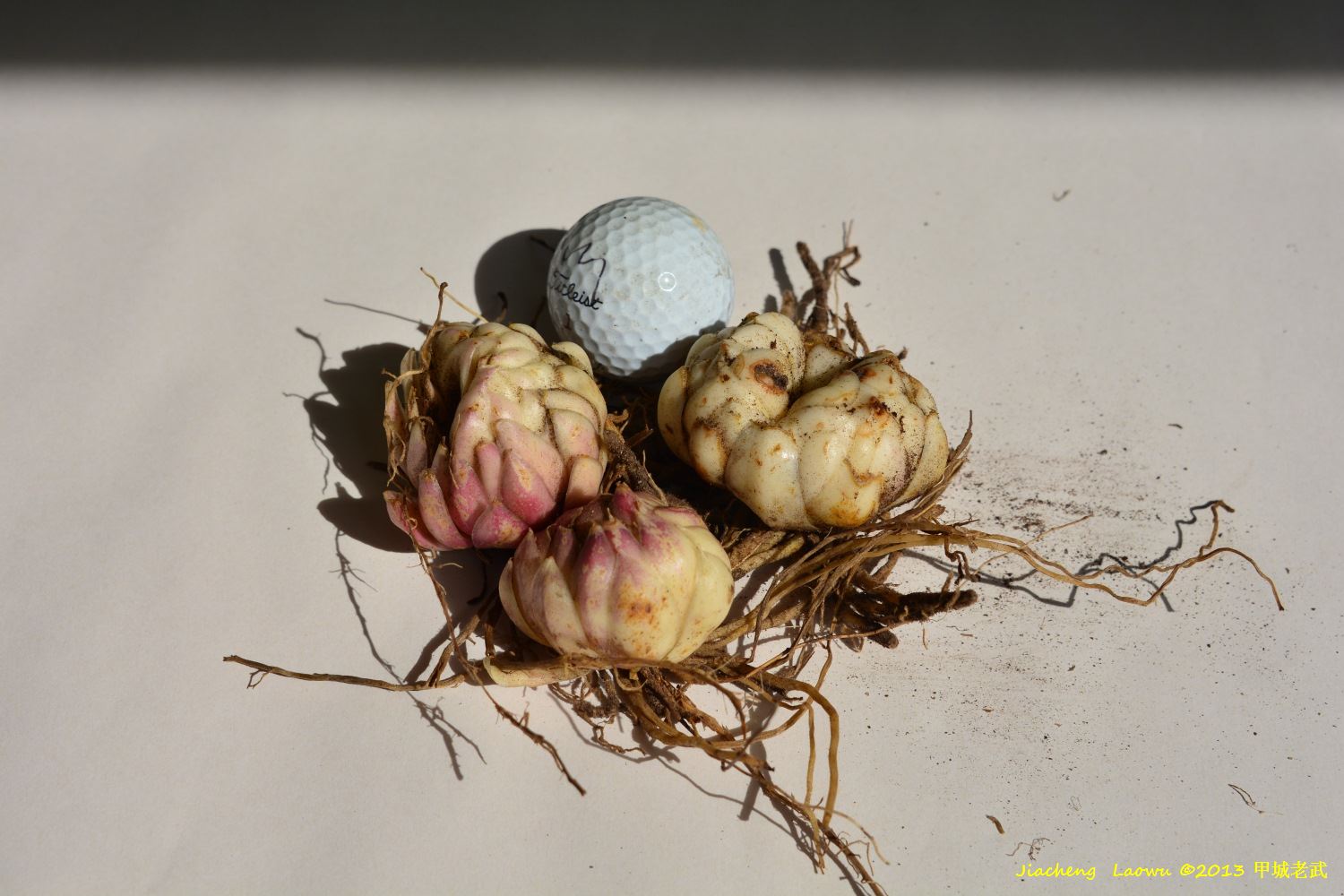
图七 百合近照。
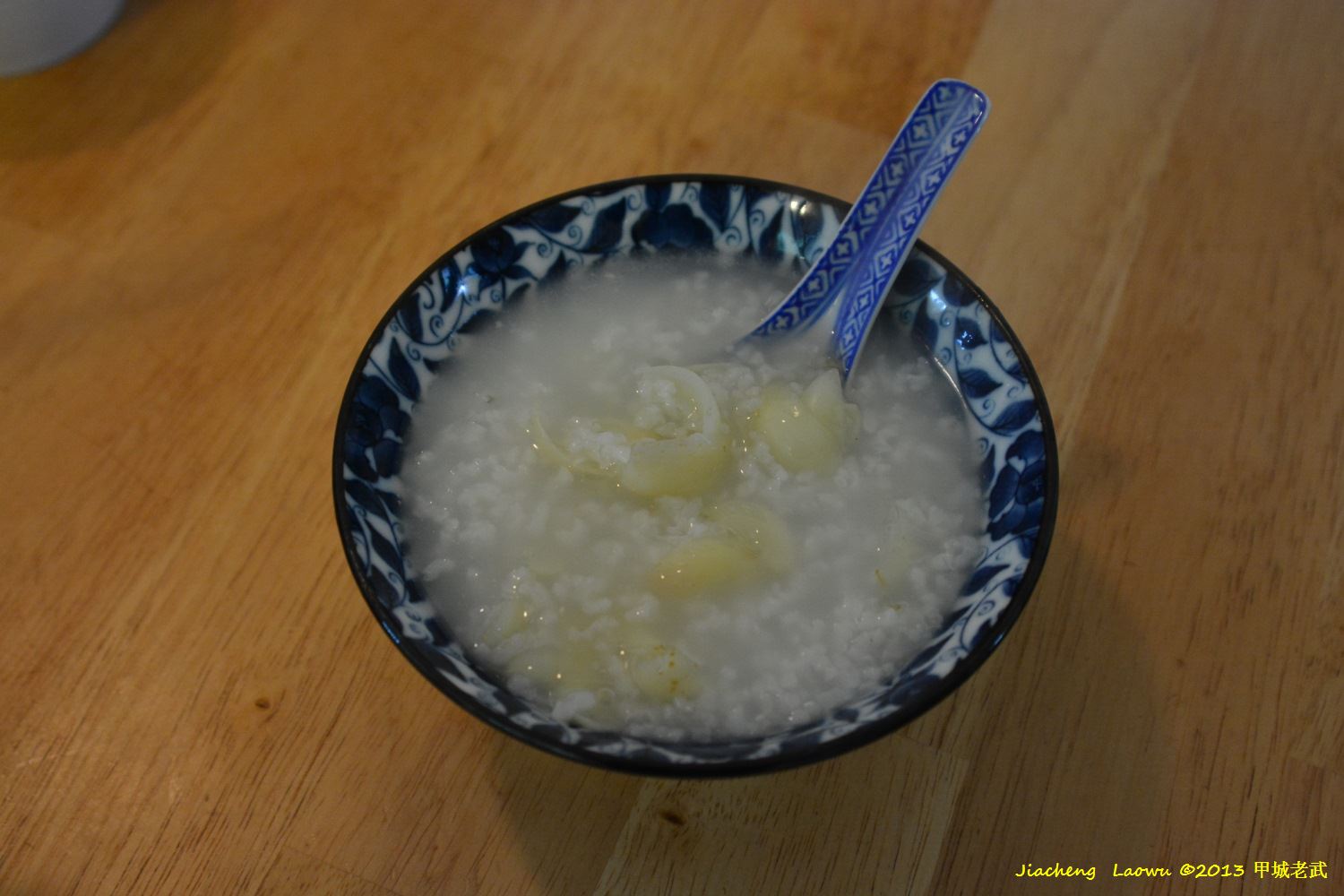
图八 用百合做的粥。




新鲜黄花菜含秋水仙碱,有毒,需久煮。干货无此问题。
尽管叫daylily, 但它不属百合科。
Lilies That Can Kill or Cause Serious Illness
Eating certain lilies could cause a fatal reaction or death. The toxicity of the star lily (Zigadenus fremontii) is so well known that it is also known as death camas. It grows in U.S. Department of Agriculture plant hardiness zones 5 through 10. The gloriosa lily (Gloriosa superba), also known as the climbing lily or glory lily, makes your mouth, throat, tongue and lips go numb if eaten. Ingestion can also result in potentially serious paralysis of the nervous system, depending on the amount eaten. It can grow in USDA plant hardiness zones 8b through 11. The innocuous-looking lily of the valley (Convallaria majalis) has a darker side. People who eat any part of this lily may experience an irregular heart rate, confusion, digestive upset, diarrhea or vomiting. Lily of the valley grows in USDA plant hardiness zones 4a to 9b. The California Poison Control System notes that lily of the valley and gloriosa lily can cause serious problems or death if eaten. If someone has eaten one of these lilies, take immediate action and call your doctor at once to prevent death or serious illness from these plants.
Lilies Containing Oxalates
Calcium oxalate is a serious substance. It has a structure that resembles tiny needles. Eating lilies containing this substance could result in irritation and swelling of the mouth, affecting the tongue, top of the mouth and lips. The types of lilies that include oxalate are the peace lily (Spathiphyllum cannifolium) and calla lily (Zantedeschia aethiopica). Peace lilies grow outdoors in USDA plant hardiness zone 9b. Calla lilies grow in zones 8 through 10.
Lilies That Cause Skin Irritation
Skin irritation can occur in some people who come in contact with the parts of certain lilies, especially the sap. For rashes and skin irritation, wash the affected area and make an appointment with your doctor if the rash is especially painful. The California Poison Control System identifies the following as skin-irritating lilies: Crinum lily (Crinum spp.), calla lily, plants in the Lilium family, lily of the valley and the belladonna lily (Amaryllis belladonna), which grows in USDA plant hardiness zones 7a through 10b. Though not true lilies, calla lilies may be confused with real lilies by their name, which is why they are included.
Mildly Toxic Lilies
"Mildly toxic" is a relative term. It refers to plants that produce a minor digestive reaction, such as diarrhea or vomiting, but not serious illness or death when eaten. Contact a doctor if the reaction is severe or if you have any concerns. Crinum lily bulbs can cause problems if eaten. Varieties of Zephyranthes lilies are toxic to people. Eating any part of rain lilies (Zephyranthes stellaris) or atamasco lilies (Zephyranthes atamasco) could result in dizziness, collapsing or stomach pain. The reaction can vary depending on the person and the amount eaten. The atamasco type grows in USDA plant hardiness zones 7 through 10. Rain lilies can be grown in USDA plant hardiness zones 8a through 10b. If symptoms progress beyond stomach upset, contact a doctor immediately.
Treatment
For anyone who has eaten or touched any portion of a lily and experiences symptoms, immediate care must be given. Phone the doctor or poison control center and rinse off the affected area with clean water. Take the remaining portion of the plant with you to the doctor. Luckily, most lilies are not classified as fatal, but some are, according to the California Poison Control System. Always treat any reaction to a toxic plant as serious, especially to lilies, which can have serious, if not fatal, consequences.